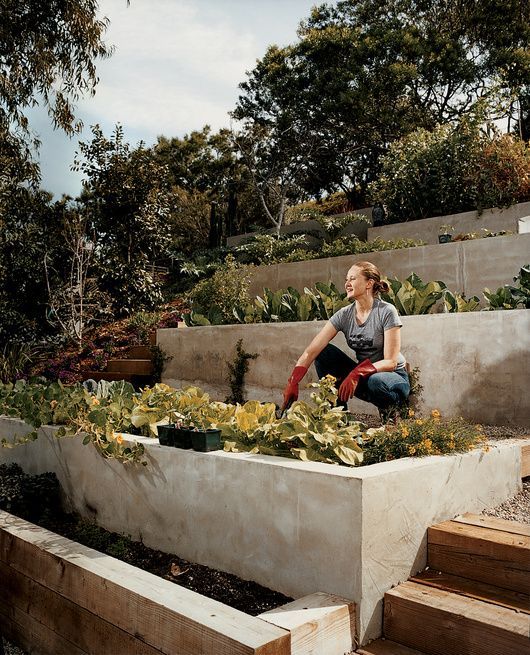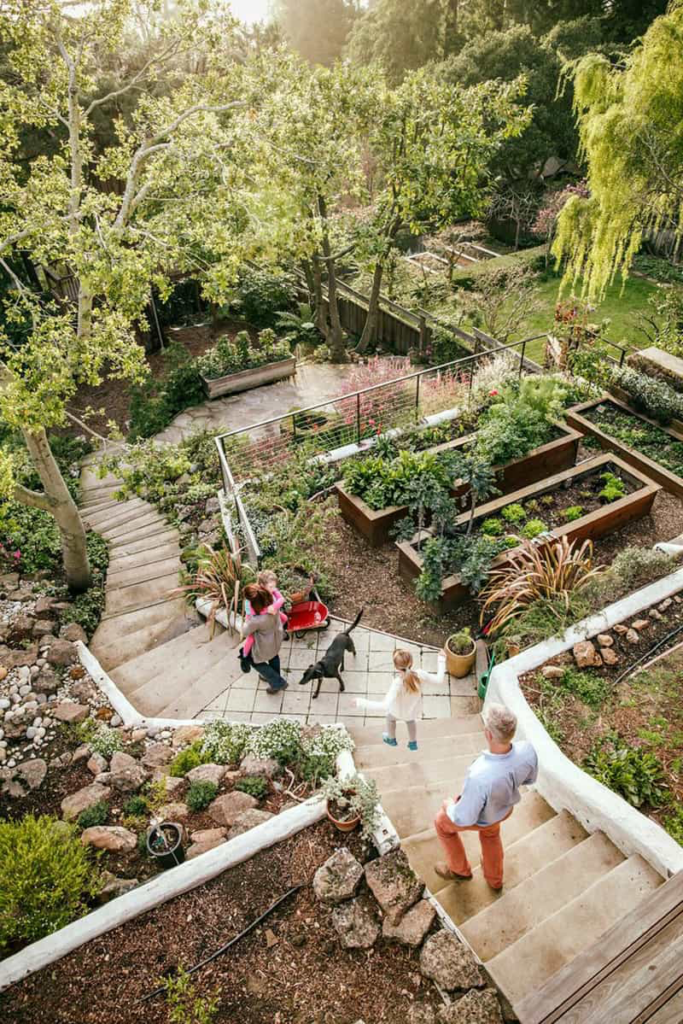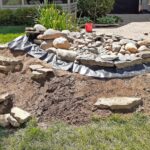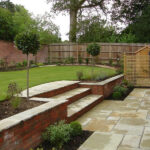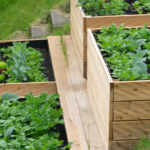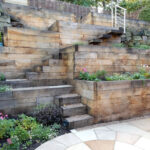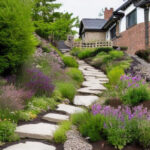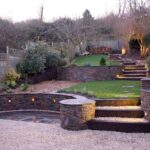Designing a garden on a slope can present unique challenges, but with careful planning and creative ideas, it can become a beautiful and functional space. The key to creating a successful garden on a slope is to work with the natural contours of the land and to choose plants and materials that will thrive in this environment.
One important consideration when designing a garden on a slope is erosion control. The natural slope of the land can make it more susceptible to erosion, so it is important to use plants and hardscape materials that will help stabilize the soil. Groundcover plants with deep roots, such as creeping thyme or ornamental grasses, can help prevent erosion and add visual interest to the garden.
In addition to erosion control, it is also important to consider drainage when designing a garden on a slope. Proper drainage is essential to prevent water runoff and soil erosion. Installing retaining walls or terracing the slope can help create level planting areas and improve drainage. Adding a rain garden or a dry creek bed can also help manage water runoff and add a unique feature to the garden.
When choosing plants for a garden on a slope, it is important to consider the site conditions, such as sunlight, soil type, and moisture levels. Plants that are well-suited for slopes include groundcovers, ornamental grasses, and low-maintenance shrubs. Sloping gardens can also benefit from the addition of native plants, which are often well-adapted to local growing conditions and require less maintenance.
Incorporating hardscape elements, such as pathways, stairs, and retaining walls, can help create structure and visual interest in a garden on a slope. Using materials that complement the natural surroundings, such as stone, wood, or gravel, can help tie the garden design together and create a cohesive look. Adding seating areas or outdoor living spaces can also enhance the functionality of the garden and provide a place to relax and enjoy the view.
Finally, when designing a garden on a slope, it is important to consider accessibility and safety. Installing handrails or steps can help make the garden more accessible and safer to navigate. Adding lighting along pathways and stairs can also improve safety and enhance the garden’s nighttime appeal. By carefully planning the layout and design of a garden on a slope, it is possible to create a beautiful and functional outdoor space that can be enjoyed for years to come.
